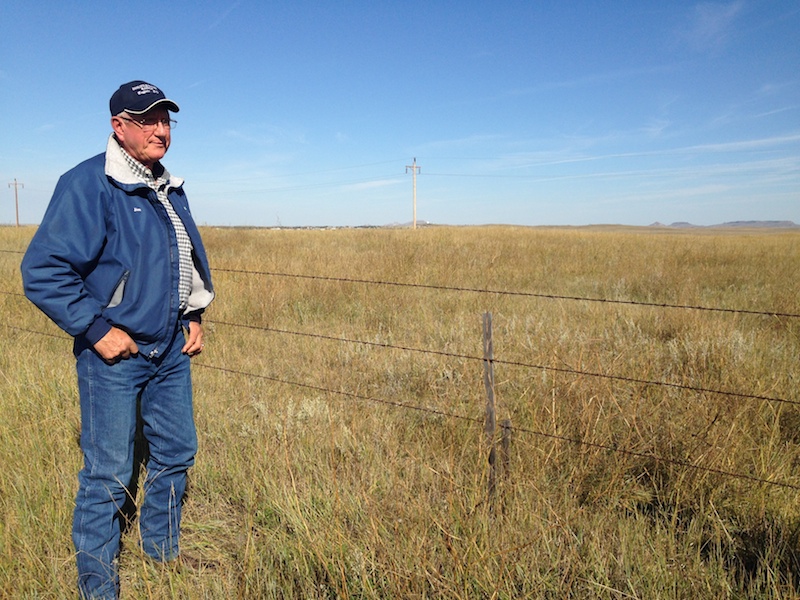
A pair of political scientists looked at opinion data on the Keystone XL pipeline and discovered something interesting: The closer you get to the pipeline's proposed route the more support you find for it.
"Proximity to the pipeline leads to a greater likelihood of favoring the pipeline," Timothy Gravelle and Erick Lachapelle write in Energy Policy. The Washington Post's Chris Mooney reports, partisan differences dissipate:
The study actually found that locally, the issue was less partisan and that there was more Democratic or liberal support, in comparison with how those on the left feel about Keystone XL on a national level.
Mooney continues:
One possible reason, the researchers suggest, is that on the local level, the pipeline received much more media coverage, with more of a focus on costs and benefits alike for local communities.
While there's strong support for it, anti-energy groups have turned the project into a cause celebre, using it to boost membership and raise money.
For opponents traipsing off to protest in Washington, D.C., the pipeline is an abstract issue about the environment and energy policy. But along the pipeline route, it a tangible kitchen table issue involving local jobs, local economic growth, and local tax gains.
That's what I experienced last fall, when I talked to people along the proposed route.
Here's an excerpt from meeting with pipeline supporters in Winner, South Dakota:
Over a lunch of hamburgers and sandwiches, local business leaders and community officials told us about the lost opportunities for economic development in their area because of the pipeline's delay.
According to John Meyer, owner of Office Products Center, the Keystone XL pipeline "would be a good economic shot in the arm" for Winner. "So many times we are bypassed due to no interstate, not enough power, no natural gas, employee base, and so on."
He explained that the pipeline's pump stations will need a lot of electricity, and transmission lines will be brought in to accommodate that demand. Those lines will let Winner market itself to other industries that also rely on them. The area will be able to "add wind farms now that we have the transmission line" Meyer said, "increasing the property tax base and creating permanent jobs."
I visited the Doolittle/Wagner Ranch, also in South Dakota:
Jim tells us that the Keystone XL pipeline will be a "big significant increase from a tax standpoint." It's expected that Buffalo and Harding County will get $3.9 million in property tax revenue in the first full year of the Keystone XL's operation, a 145% increase. But because of the delay, the local community is missing out on using the tax revenue for a new athletic facilities and other school improvements.
It will also have a "big permanent impact as well," Jim adds. To power the pump houses that will push the oil along, new electricity facilities will have to be built. Jim explains that permanent jobs will be created to maintain those facilities.
To the pipeline's critics, Jim noted, "Pipelines aren't a new concept." Americans have lived for decades with thousands of miles of pipelines below their feet.
And I spoke with Mona Madler, a resident of Baker, Montana, where the pipeline will transport Bakken crude oil:
Baker residents have lived and thrived with oil for decades. I asked Madler what she'd say to Keystone XL pipeline opponents. "They don't know the whole story," she answered. Canadian oilsands have been imported into the United States for decades. Some of it might have become the gasoline in opponents' gas tanks.
In these instances, local residents put the pipeline in the context of their own communities. The people who would be most affected have weighed the costs and benefits and come out in favor of it.

